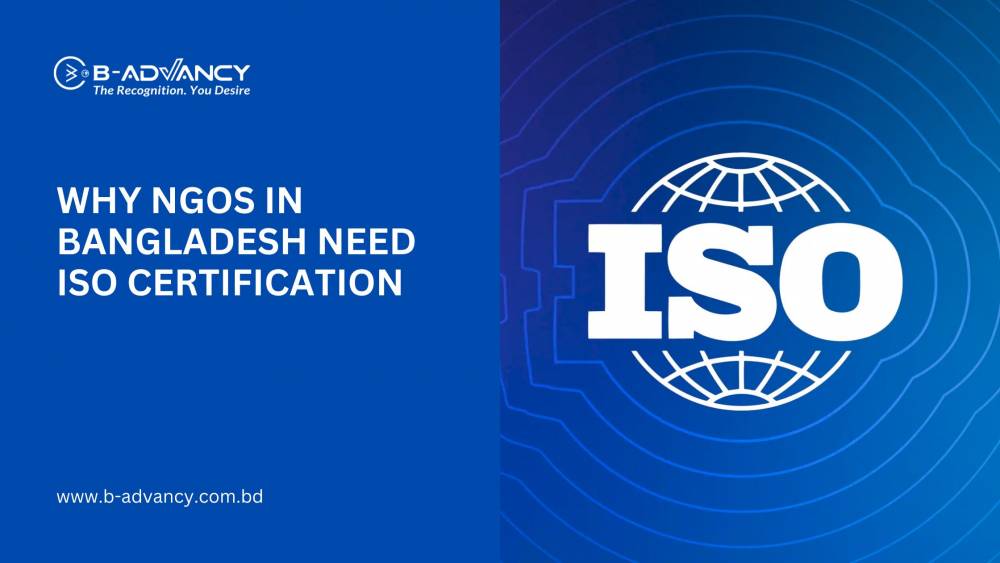Introduction
Occupational health and safety is a critical aspect of any business. Injuries and illnesses resulting from poor safety measures not only harm employees but can also impact productivity, the company's reputation, and even its bottom line. This is where ISO 45001, the international standard for occupational health and safety, comes in.
Leadership plays a critical role in the implementation of ISO 45001. In this blog post, we will explore the responsibilities of leaders and their impact on the success of ISO 45001 implementation. We will also discuss challenges that leaders may face and strategies for overcoming them.
Leadership Responsibilities for ISO 45001 Implementation
Leadership plays a crucial role in the implementation of ISO 45001. Here are some of the critical responsibilities of leaders:
Importance of Top Management Involvement
Leaders at the top of an organization must be actively involved in the implementation of ISO 45001. They must demonstrate their commitment to the standard and ensure that it is integrated into the company's culture.
Setting the Tone from the Top
Leaders must set an example for employees to follow by prioritizing occupational health and safety. By demonstrating their commitment to safety, leaders can influence the behavior of employees throughout the organization.
Establishing Policies and Objectives
Leaders must establish clear policies and objectives that align with the requirements of ISO 45001. This includes ensuring that the organization meets all relevant legal and regulatory requirements.
Providing Resources and Support
Leaders must ensure that employees have the necessary resources and support to implement ISO 45001. This includes providing training, equipment, and other resources necessary for a safe and healthy workplace.
Communicating the Importance of ISO 45001 to All Employees
Leaders must ensure that all employees understand the importance of ISO 45001 and the role they play in its implementation. Effective communication is critical to ensure that all employees are engaged and invested in the success of ISO 45001.
Impact of Leadership on ISO 45001 Implementation
Effective leadership can have a significant impact on the success of ISO 45001 implementation. Here are some of the ways that leadership can positively influence the implementation of ISO 45001:
Building a Positive Safety Culture
Leaders who prioritize safety and health can create a positive safety culture within the organization. This can improve employee engagement, reduce injuries and illnesses, and increase productivity.
Encouraging Employee Involvement
Leaders who involve employees in the implementation of ISO 45001 can create a sense of ownership and responsibility among employees. This can lead to increased engagement and improved safety outcomes.
Promoting Continuous Improvement
Leaders who prioritize continuous improvement can ensure that safety measures are continually evaluated and improved. This can lead to a safer and healthier workplace over time.
Ensuring Compliance with ISO 45001 Requirements
Leaders who prioritize compliance with ISO 45001 requirements can ensure that the organization meets all relevant legal and regulatory requirements. This can protect the organization from potential legal and financial consequences.
Demonstrating Commitment to Safety and Health
Leaders who demonstrate their commitment to safety and health can inspire employees to do the same. This can create a positive safety culture and lead to improved safety outcomes.
Challenges Faced by Leaders in ISO 45001 Implementation
Leaders may face several challenges when implementing ISO 45001. Here are some of the challenges that leaders may face:
Resistance to Change
Employees may be resistant to change, particularly if they are used to working in a particular way. Leaders must address this resistance by communicating the benefits of ISO 45001 and involving employees in the implementation process.
Lack of Understanding of ISO 45001 Requirements
Leaders must ensure that employees understand the requirements of ISO 45001. This can be challenging if employees are not familiar with the standard or if they do not understand how it applies to their specific roles within the organization. Effective communication and training can help to address this challenge.
Limited Resources
Implementing ISO 45001 requires resources, including financial resources, time, and employee involvement. Leaders must ensure that these resources are available and allocated appropriately to ensure successful implementation.
Resistance from Management
In some cases, leaders may face resistance from management or other stakeholders who do not see the value in implementing ISO 45001. Leaders must effectively communicate the benefits of the standard and make a compelling case for its implementation.
Case Studies
Let's look at two case studies to illustrate the impact of leadership on ISO 45001 implementation:
Coca-Cola Hellenic Bottling Company
Coca-Cola Hellenic Bottling Company (CCHBC) is a multinational bottling company that operates in 28 countries. In 2013, CCHBC implemented ISO 45001 to improve occupational health and safety across its operations. The company's leadership played a critical role in the success of the implementation. They established a clear vision and objectives for the implementation and provided resources and support to ensure its success. As a result of the implementation, CCHBC saw a significant reduction in workplace accidents and injuries, and the company's safety culture improved.
TATA Steel
TATA Steel, a multinational steel company based in India, implemented ISO 45001 in 2018. The company's leadership played a critical role in the success of the implementation. They prioritized occupational health and safety, provided resources and support for the implementation, and involved employees at all levels in the process. As a result of the implementation, TATA Steel saw a significant reduction in workplace accidents and injuries, and the company's safety culture improved.
Statistics and Facts
Here are some statistics and facts related to the importance of leadership in ISO 45001 implementation:
According to a study by the International Labour Organization (ILO), effective leadership is a critical factor in the success of occupational health and safety management systems.
A study by the European Agency for Safety and Health at Work found that companies with strong leadership and a positive safety culture had significantly lower rates of workplace accidents and injuries.
The Occupational Safety and Health Administration (OSHA) estimates that workplace injuries and illnesses cost US businesses $170 billion per year.
Conclusion
Leadership plays a critical role in the implementation of ISO 45001. Leaders must prioritize occupational health and safety, establish clear policies and objectives, provide resources and support, and effectively communicate the importance of the standard to all employees. Effective leadership can lead to improved safety outcomes, a positive safety culture, and compliance with legal and regulatory requirements. While implementing ISO 45001 can present challenges, effective leadership can help to overcome these challenges and ensure successful implementation.



























































































































































































